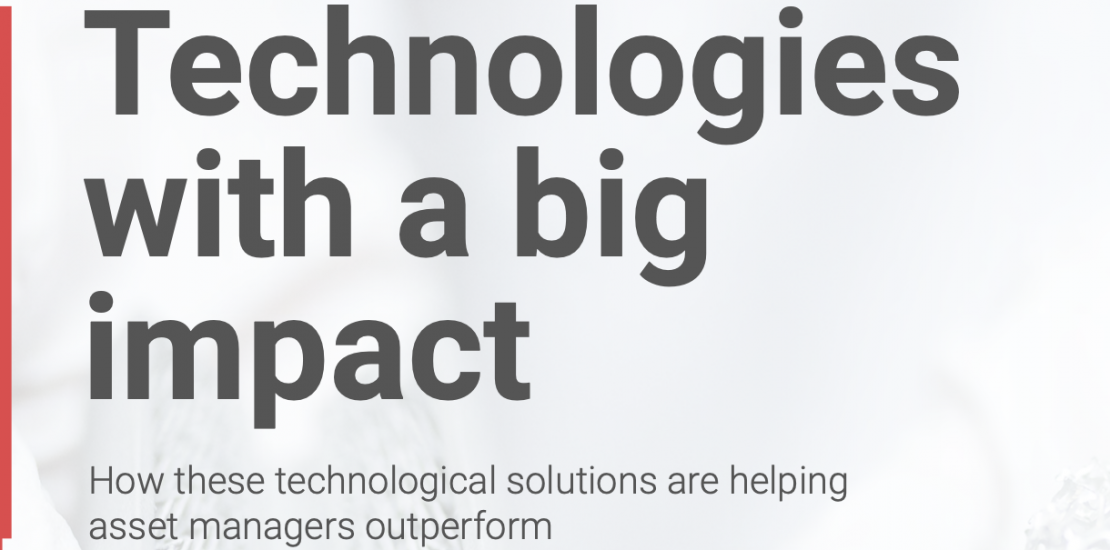Technologies with a big impact on the funds business
Extrait de l’Article publié dans le RankiaPro Magazine de Décembre 2020
- décembre 3, 2020
- Envoyé par : IZNES
- Catégorie: Fund Distribution

Distributed Ledger Technology (DLT) is going to be the catalyst of profound changes in the fund industry
Traditionally, post-market activities are not a sector that has benefitted from substantial investments within major financial groups, and the asset management post-market segment is no exception to this.
As a consequence, players suffer from operational difficulties, particularly regarding distribution, and especially cross-border distribution. Capital and goods move freely and easily within the European Union, but this is much less the case for UCITS despite Europe being an immense savings reservoir.
Overview of the European asset management industry
- 4400 asset managers managing 17 Tr€
- 34,000 UCITS funds for a total of 10 Tr€.
- 29,000 alternative funds (AIFs) for a total of 7 Tr€.
- 610,000 direct and indirect jobs in a multitude of jobs in support of the investment process.
- Considerable wealth.
Improving your knowledge of your clients is another challenge
On top of that, unit holders of mutual funds are difficult to identify because orders are often aggregated by intermediaries before they are transmitted to asset management companies. Not knowing the identity of some bearers of a fund’s liabilities makes matching asset /liability liquidity difficult. It is therefore sometimes still difficult to comply with the regulators’ injunctions in this respect, as they require drawing up repurchasing risk scenarios, given the profile of the subscribers.
Globally, the demand for more transparency around data in the fund industry is strong: asset managers and investors need to have a real-time view on share ownership, trade status and fund cash flows.
By Christophe Lepitre, CEO of IZNES

Why is the purchasing process so complicated when it is a paperless product standardised by common rules?
The single fund market, favored by the European Commission, and encouraged by successive UCITS and AIF directives, is making a few asset managers very successful, but it is incomplete: currently, only just over a third of UCITS funds are registered in at least 3 countries and the figure is just 3% for alternative funds (AIFs). Fund consumption is therefore still mostly local.
In short this industry is offering today a poor user experience: costs are high, circuits are aging and processes are obsolete.
This picture is about to change though, thanks to two catalysts: a new technology (DLT) and an accompaniment by the regulators (France, Luxembourg, Germany and the European Commission); regulators consider now that “the registration of a transaction in a DLT is worth proof of ownership”. Henceforth you do not need to open a bank account to acquire, hold or invest in funds units.
A lot of operating hurdles facing asset managers in the distribution of their funds could hence be removed: a decentralised, blockchain-based platform will enable the mutualization of redundant activities existing at every layer of the fund distribution chain.
Therefore, IZNES has built a new value proposition which offers drastic cost reduction, full digitalized process, and allows direct communication between asset managers (producers) and investors (consumers).
The initiative of Iznes, co-founded by six asset management companies, has already been favourably received by 25 contributing international players.

